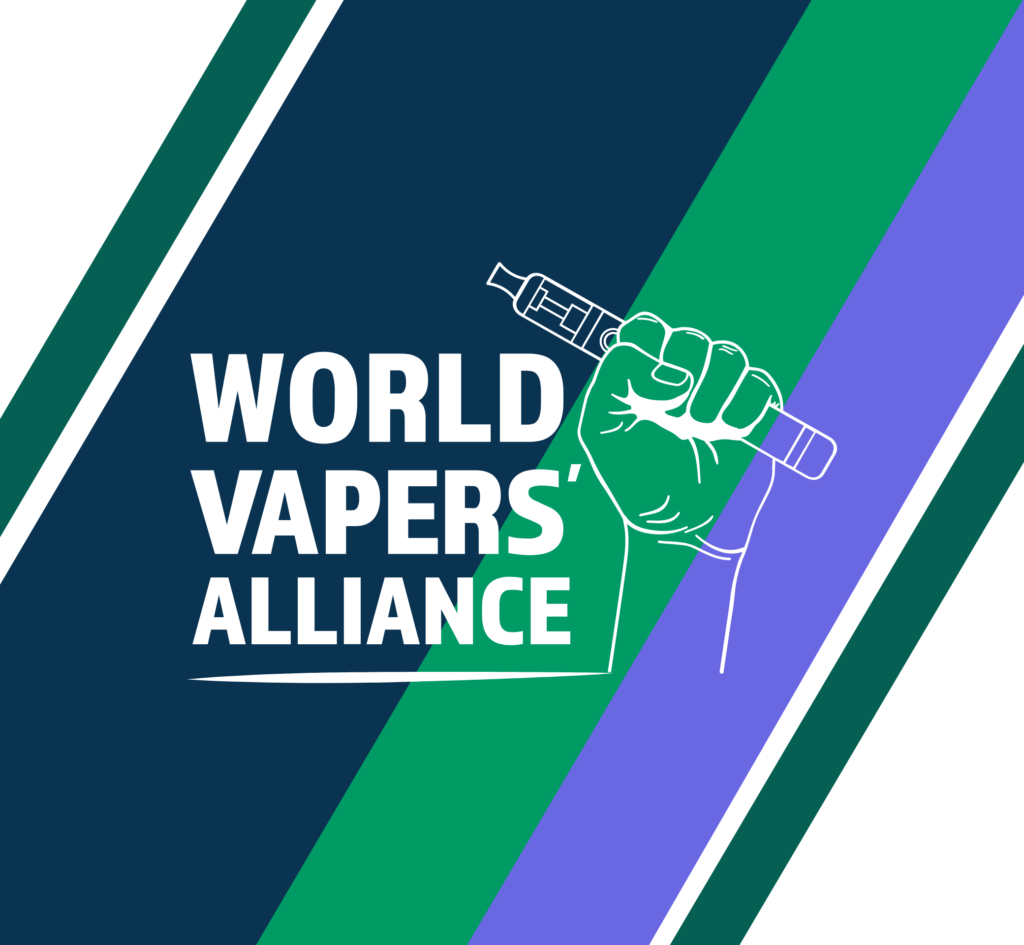In December, the European Commission launched a consultation on the update it is planning for the Tobacco Excise Directive. This is important for vapers in Europe and beyond, because this law is the one that dictates the amount of tax applied to various products, in this case, tobacco, but, with the new revision also possibly vaping liquids.
Vaping products do not contain tobacco – any vaper knows that, but it seems it is taking longer for policymakers to understand this important point. As such, we believe that vaping should not be taxed in the same column as tobacco products, this also creates and spreads misconceptions about vaping that we are working hard to dispel.
More importantly, European lawmakers want to make sure the EU Beating Cancer Plan is central to the update of this law. As you know, the WVA is urging lawmakers to put vaping in this plan, and raising taxes on products that help smokers quit is certainly not going to be of any public health benefit.
I responded in the name of the World Vapers’ Alliance to this consultation, adding my voice to those of hundreds of otherswho also believe it is a mistake to equate tobacco products like cigarettes with vaping, with sound scientific evidence backing our claims.
Read the response below:
Dear ladies and gentlemen,
Combustible tobacco and non-combustible tobacco products, such as vaping, should not be put in the same regulatory category. They are not the same thing, with vaping being recognised as 95% less harmful than cigarettes [1], and helping millions around Europe and the world to quit smoking. Plans to equate the two, in terms of legislation and taxation are of great concern to the World Vapers’ Alliance and the thousands of vapers it represents and would harm public health.
For several decades, both governmental and non-governmental agencies have used various tools of public health to stem the tide of smoking, including education, taxes, age-restrictions, bans on advertising, or promoting various patches, gums, and therapies to deliver nicotine in less harmful form. to. However, many of these alternatives have not proven to be entirely successful, especially when compared to the efficacy of vaping.
Making vaping less appealing to smokers will discourage current smokers from switching to less harmful alternatives. Studies show that increased prices on vaping products leads to higher smoking rates. Researchers in the United States [2] found that “a proposed national e-cigarette tax of $1.65 per milliliter of vaping liquid would raise the proportion of adults who smoke cigarettes daily by approximately 1 percentage point, translating to 2.5 million extra adult daily smokers compared to the counterfactual of not having the tax.” Consequently, a higher tax on vaping products will have a detrimental effect on public health in the European Union.
Vape devices are not cigarettes. Rather, they heat a liquid into vapour. There is no tobacco nor tar in e-cigarettes and many of the toxins in cigarettes are not present in e-cigarettes. So, they should not be treated like traditional tobacco products.
A landmark report on vaping’s potential to save lives by Public Health England found that vaping is 95% less harmful than combustible tobacco and has thus become a recommended means of quitting for smokers in the United Kingdom. France, Canada and New Zealand’s governmental agencies also recommend vaping to smokers looking to quit. Many other studies have come to the same conclusion. Vaping is significantly less harmful than smoking [3]. In the best interest of its citizens and public health, the European Union should adopt an open regulatory approach towards vaping and abstain from anti-vaping policies.
The regulatory environment for e-cigarettes plays a key role in its efficiency as a cessation method: “Compared to unassisted quitting (i.e. no medications or ECs [e-cigarettes]), smokers who used ECs for quitting from countries with less restrictive EC policy environments were more likely, whereas smokers who used ECs for quitting from countries with more restrictive EC policies were less likely, to report sustained abstinence for at least 30 days.” [4]
Moreover, high taxes on vaping products are particularly harmful to the lower income brackets of the population, which make up the largest proportion of current smokers. Differentiated taxation of smoking and vaping products is essential for many people to switch.
For these reasons, it is so important that non-combustible products are not regulated and taxed the same way combustible tobacco is. We urge lawmakers to follow the scientific evidence and abstain from tighter regulation and higher taxation of vaping products. If we want to reduce smoking induced burdens on public health, access and affordability to vaping products need to be guaranteed.
Best regards,
Michał Landl
Director World Vapers Alliance
Citations:
[1] McNeill A, Brose LS, Calder R, Hitchman SC, E-cigarettes: an evidence update, A report commissioned by Public Health England.
[2] Pesko, M.F., Courtemanche, C.J. & Maclean, J.C. The effects of traditional cigarette and e-cigarette tax rates on adult tobacco product use. J Risk Uncertain 60, 229–258 (2020).
[3] Harm Minimization Continuum (Adapted from Nutt et al 2014).
[4] Yong, Hua-Hie & Hitchman, Sara & Michael, Cummings & Borland, Ron & Gravely, Shannon & McNeill, Ann & Fong, Geoffrey. (2017). Does the Regulatory Environment for E-Cigarettes Influence the Effectiveness of E-Cigarettes for Smoking Cessation?: Longitudinal Findings From the ITC Four Country Survey. Nicotine & tobacco research: official journal of the Society for Research on Nicotine and Tobacco.





